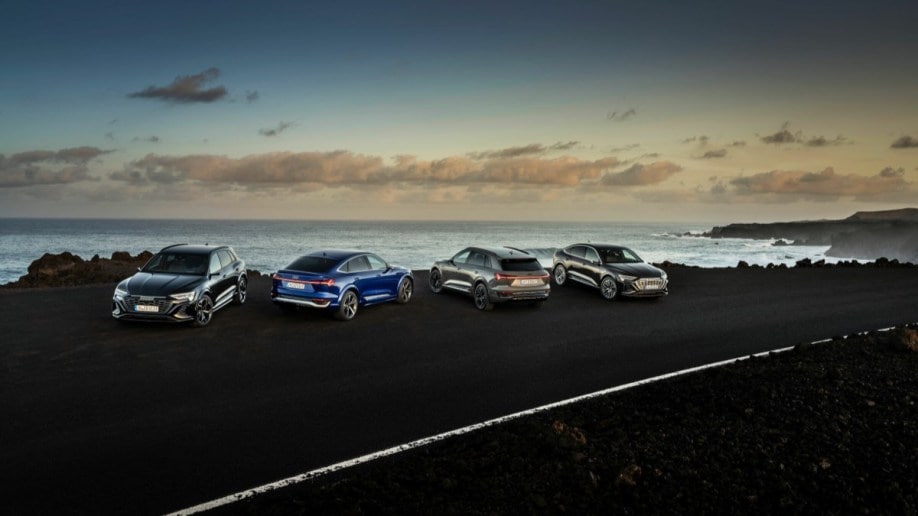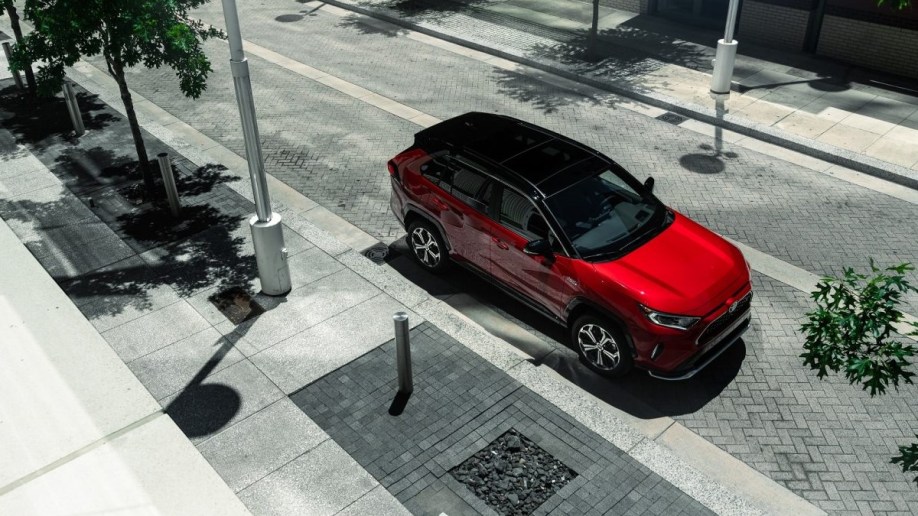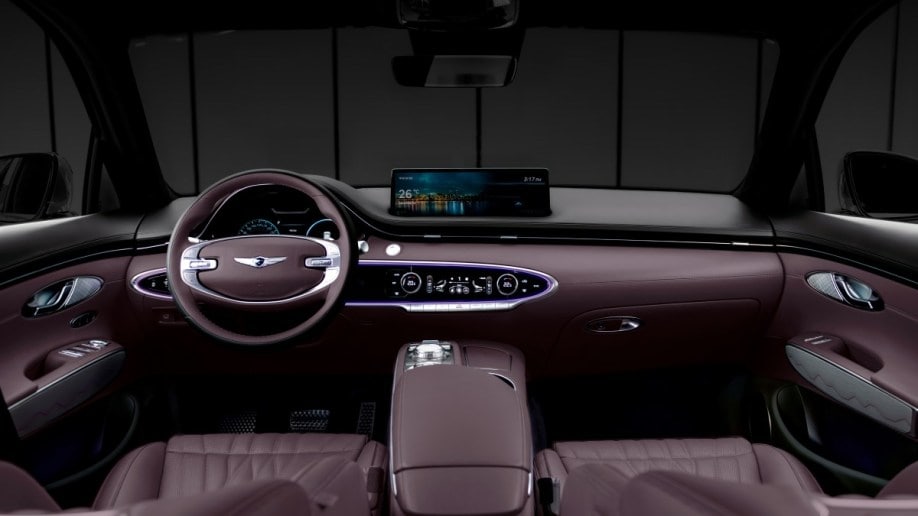The world is slowly going gray, but North America is rediscovering color. In cars, that is.
BASF, the world’s largest chemical company, produces most of the paints and dyes used in car manufacturing globally. And every year, it publishes a report on what colors the people of Earth preferred on their cars.
BASF’s Color Report for Automotive OEM [original equipment manufacturer] Coatings excludes commercial and fleet vehicles. So it’s a window into what private buyers chose for their cars last year.
It’s usually a sad window into what an uncreative species we can be.
Most of Us Drive in Black and White
Grayscale colors (BASF calls them “achromatic”) dominate. That remained true in 2022, with white serving as the planet’s most popular vehicle color. Globally, 39% of all new cars were white. BASF says that’s because of “its classic, timeless beauty and high resale value.”
Related: What Are the Best Car Colors to Buy?
White was the most popular choice in Europe, the Middle East, and Africa (a region BASF puts together as EMEA). It was the most popular choice in Asia. And North and South America both preferred… white.
Black took second place, at 18%. Gray followed at 16%. And in a mad burst of inspiration worldwide, silver (that is, shiny gray) just missed the podium at 8%.
In total, 81% of cars purchased anywhere on the planet in 2022 wore achromatic colors, BASF says.
The other 19% of you are interesting.
Other Colors Gaining
The “chromatic colors,” to use BASF’s term, gained market share globally, but only thanks to a surge in North America. They lost ground everywhere else.
Blue was the most popular chromatic shade everywhere at 8% globally, followed by red at 5%. Every other color took just 1% or less of the market.
But, BASF says, those 1% shares got creative. Yellow, orange, green, and purple all gained market share.
“White and black increased this year, but the bigger story is diversity in the chromatic colors,” said Mark Gutjahr, head of Automotive Color Design, EMEA. “When you add the market share of yellow, orange, brown, and green, you can see more hues and diversity, reflecting a more nuanced color palette and a depth and breadth of color that has developed in the last year or two.”
More Expressive Options Appearing
“If you look at the heavy hitters among the chromatic colors, blue and red are on top. But with people turning more to nature, natural colors like green, yellow, violet, and beige are making their mark,” said Liz Hoffman, BASF head of design, The Americas. “Car buyers are also looking for a vehicle color that conveys their positivity.”
Two-color combinations are growing more common. Other automakers haven’t quite joined Mini in the many-colored-roof trend. But even more traditionally conservative design teams like Toyota’s are painting contrast-color “floating” roofs on cars like the RAV4 Hybrid.
Genesis, meanwhile, has gone creative inside – you can get green leather in your GV80 and even purple in some GV70 trims. What does that do for resale value? It’s too soon to tell. But only 19% of you would consider it, anyway.










